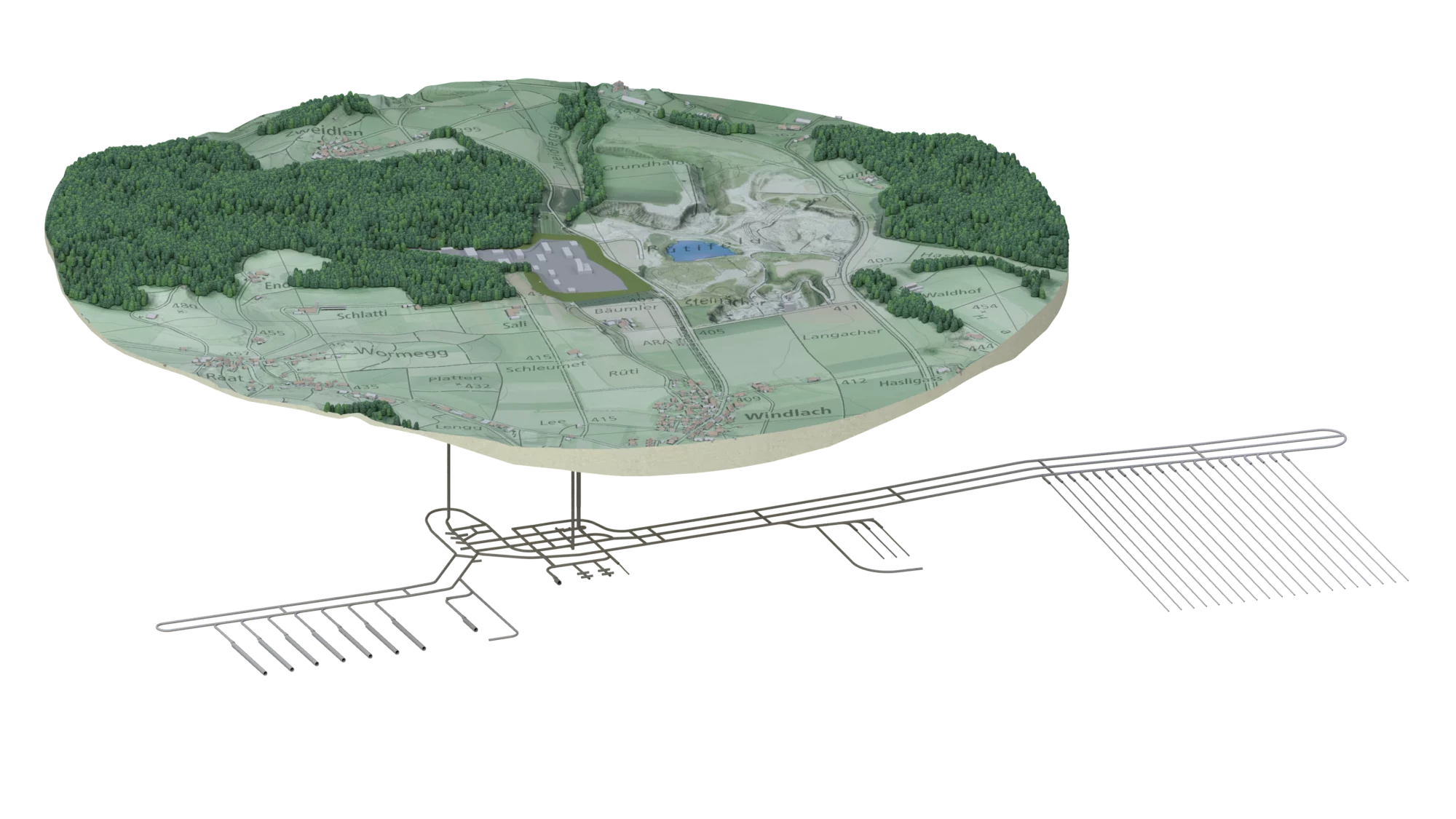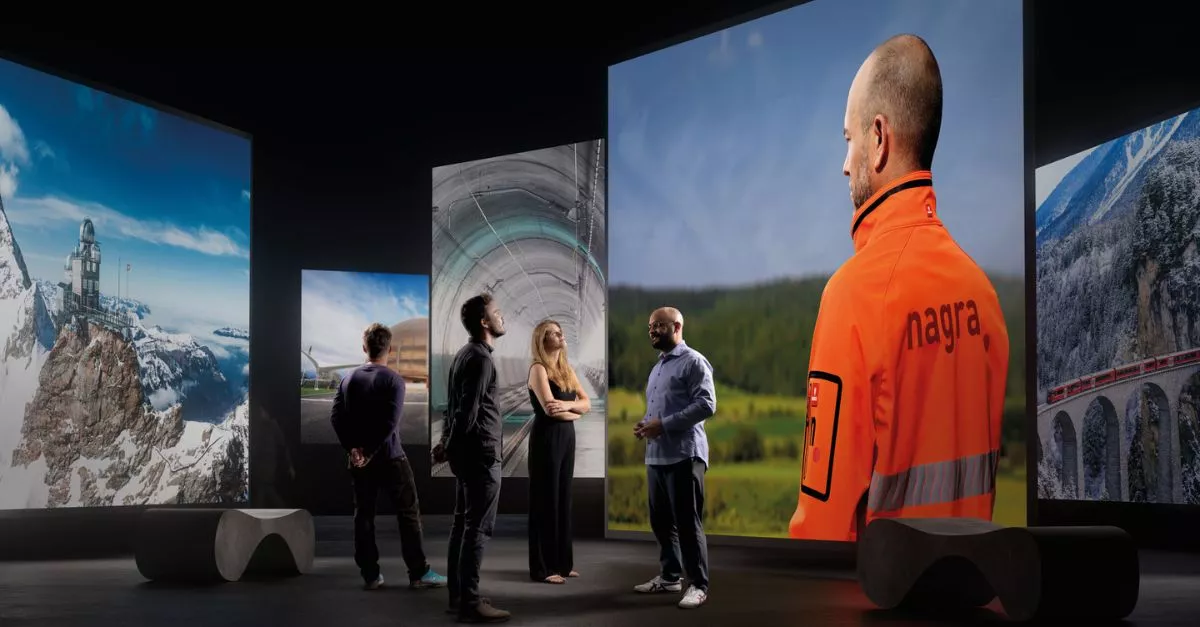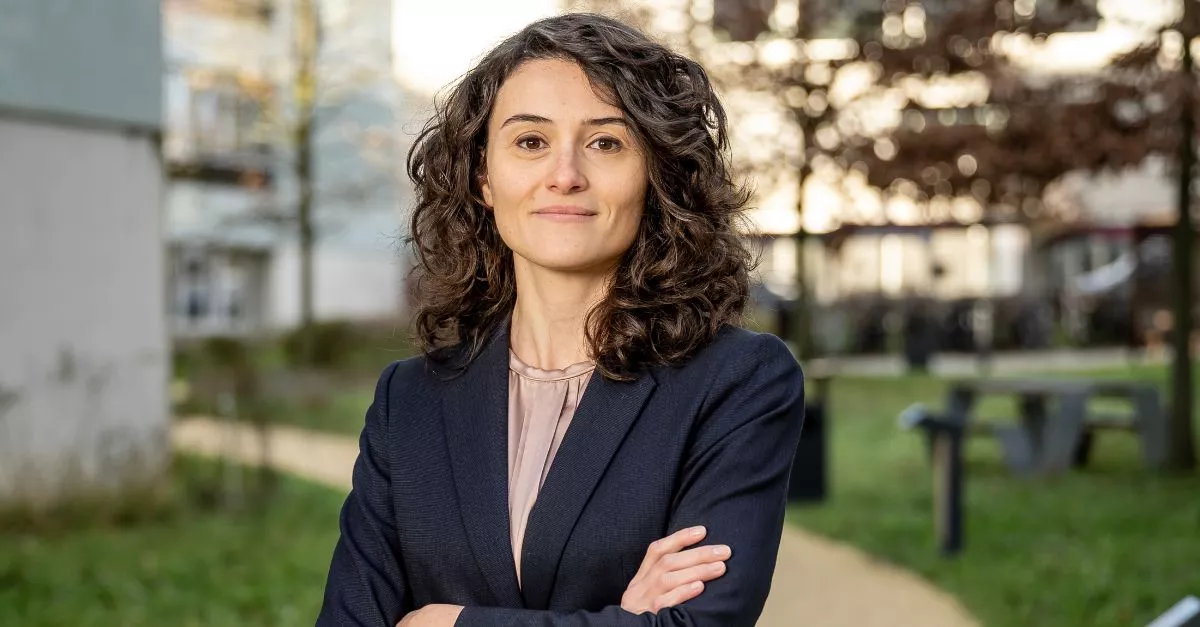Radioactive waste concerns us all
Radioactive waste mainly arises from the generation of electricity in nuclear power plants, but also from applications in medicine, industry and research. To protect humans and the environment, we must ensure that this radioactive waste is disposed of safely and over a very long time period. Experts worldwide agree that a deep geological repository presents the safest solution. Switzerland has anchored this solution in its legislation.
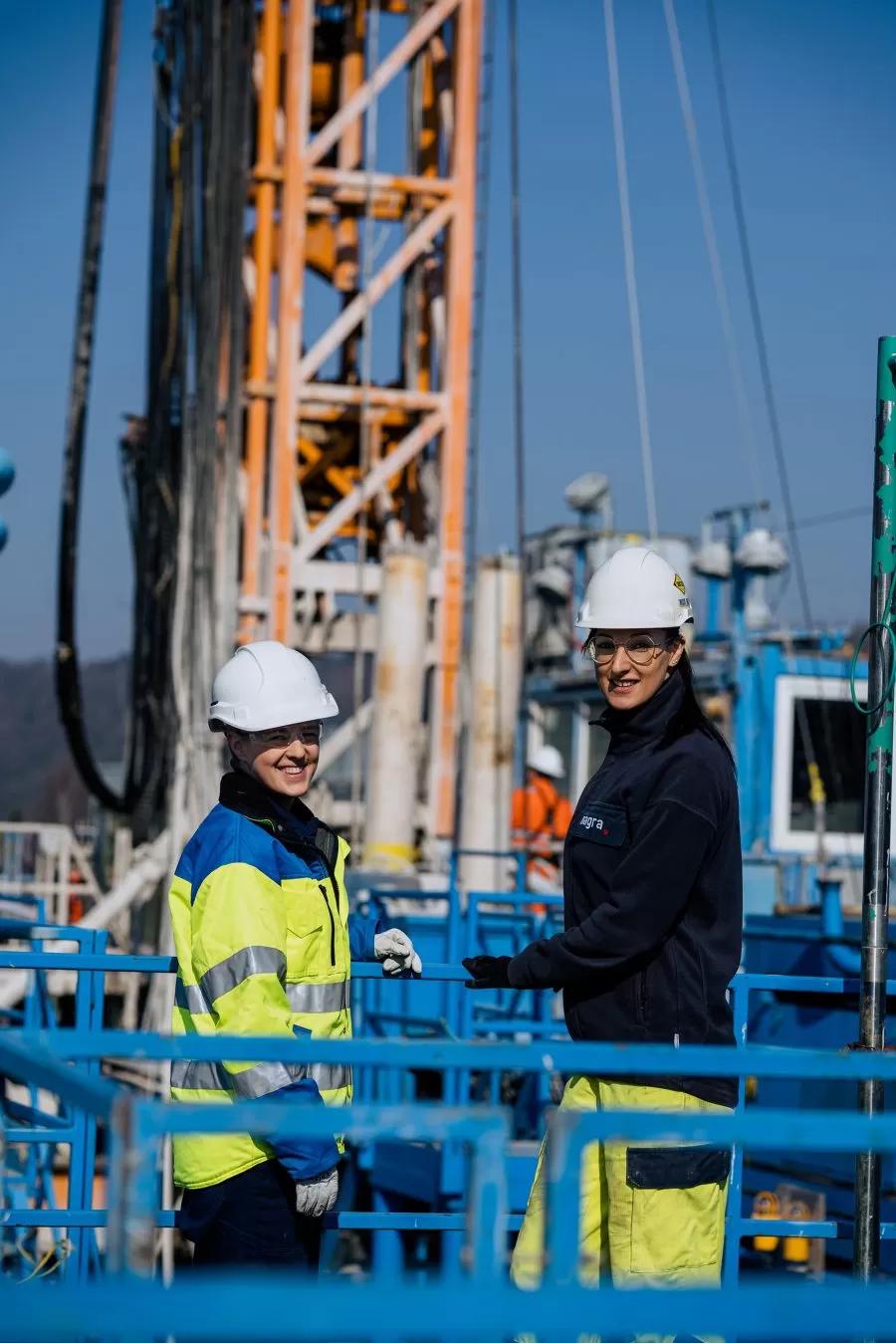
More information from our Knowledge Centre
Types of radioactive waste
Radioactive waste is divided into high-level waste and low- and intermediate-level waste. This distinction also plays an important role in selecting the management strategy for the waste.
Volumes of Switzerland’s radioactive waste
Switzerland has a manageable amount of radioactive waste. Nagra maintains an inventory of all the waste that already exists and is expected to arise in the future.
Nagra’s mission
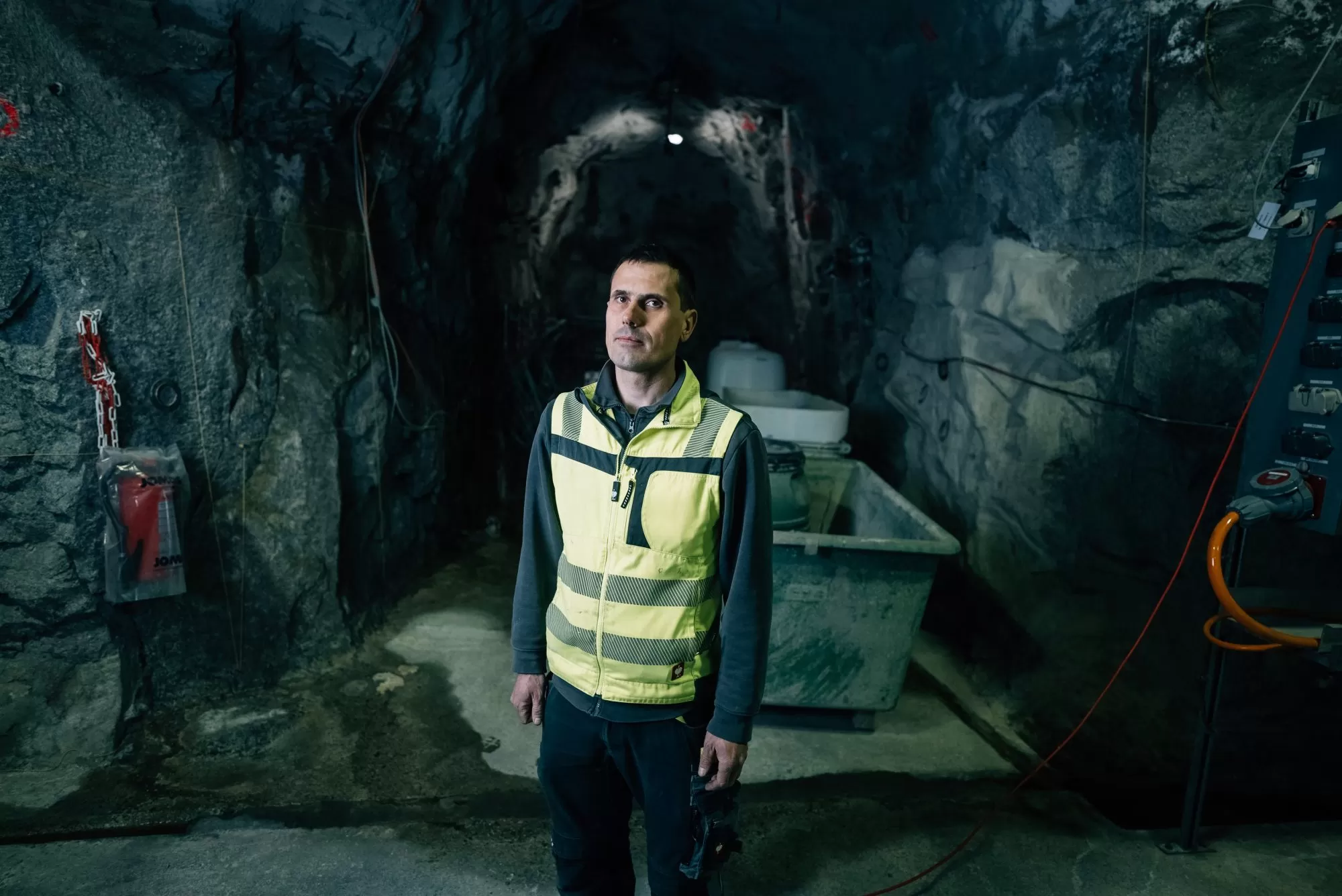
To dispose of our radioactive waste once and for all so that future generations will not have to bear this burden – that is our mission. We are proud to contribute to ensuring a secure future for Switzerland and to significantly advancing the project of the century of deep geological disposal.
1
1 million years
The project of the century
Key dates in Nagra’s history
The safe disposal of radioactive waste is a cross-generational project. On 4th December 1972, the radioactive waste producers together establish Nagra: the National Cooperative for the Disposal of Radioactive Waste.
More information from our Knowledge Centre
What is radioactivity?
Radioactivity is an intrinsic property of certain substances. What types of radiation exist and how can we protect ourselves from them?
Where is our radioactive waste produced?
Radioactive waste consists, for example, of spent fuel assemblies from the nuclear power plants. But where else is it produced?
With and for Switzerland
Safety has the highest priority in the disposal of radioactive waste. We can only fulfil our mission if the population supports the decisions involved in realising the project of the century of deep geological disposal. At Nagra, transparency is not just an empty promise – we actually live it. This is why we are open to all forms of discussion, opinion and criticism – because we know that it helps us to improve.
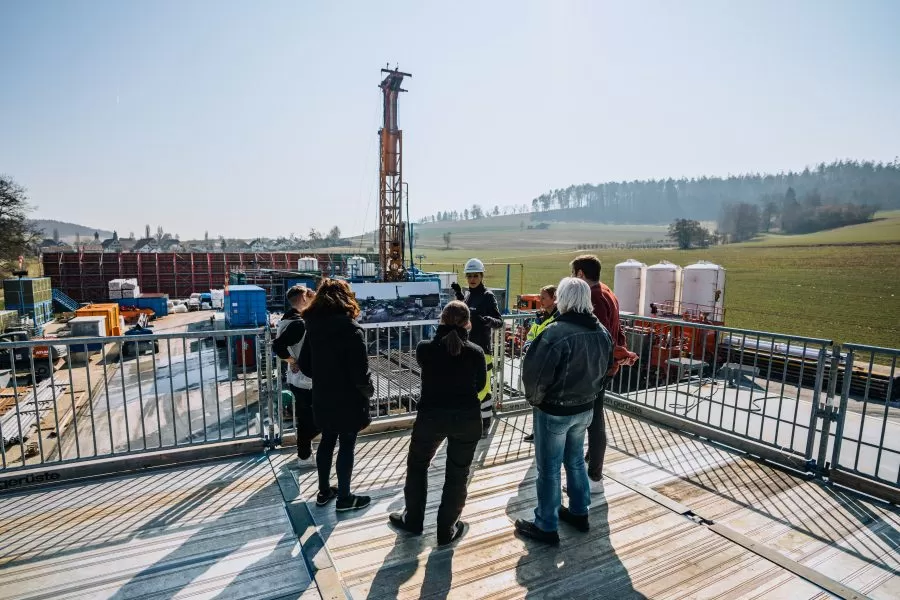
The members of our Cooperative are the operators of the nuclear power plants and of ZWILAG Würenlingen AG (interim storage facility) and the Federal Government. The waste producers, i.e. the operators of the nuclear power plants and the Federal Government (which is responsible for the waste arising from applications in medicine, industry and research), finance the disposal costs in line with the polluter pays principle. The cost of disposing of the current and future waste arising from the nuclear power plants is included in the price of electricity.
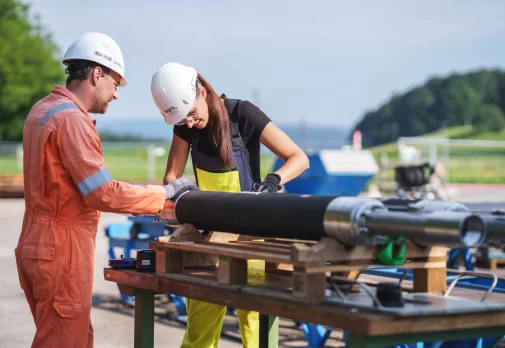
We are a Cooperative with our head office in Wettingen in Canton Aargau. Our team is made up of specialists from the field of natural sciences such as geology, physics, chemistry and biology, as well as from engineering. Communication experts and staff members dedicated to operational and administrative tasks complete our motivated team. Around 130 people are involved in the project of the century of deep geological disposal.
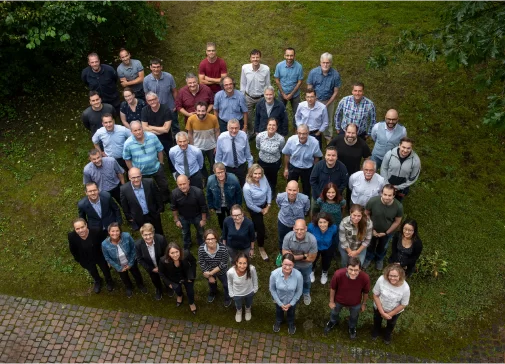
Write to us
Do you have any questions or feedback?
